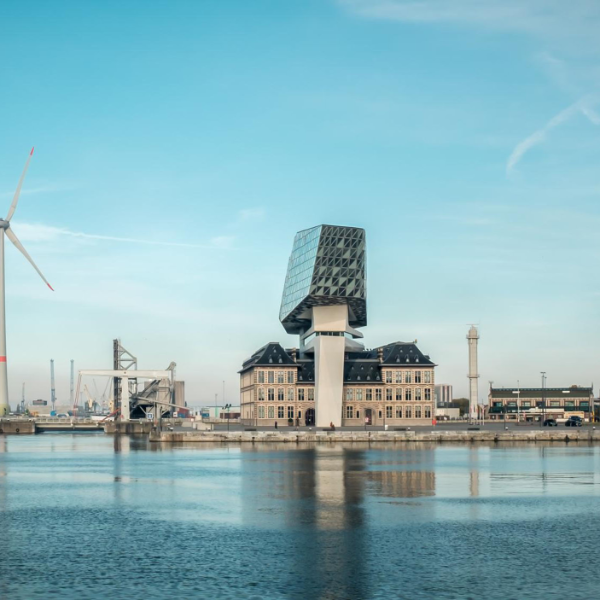City of Antwerp’s strategic energy vision and heat policy
Heat zoning maps for the city of Antwerp
Concrete advice on which district's heating concept is the cheapest and most desirable

City of Antwerp’s strategic energy vision and heat policy
The energy transition entails making choices. What choices can we make today for a transition that will unfold over several decades? Which sustainable technologies and concepts are available? Where can these concepts be used most cost-effectively? How can lock-ins be avoided? How do we communicate with stakeholders about the choices made and their consequences?
The City of Antwerp asked Witteveen+Bos Belgium these questions as part of its strategic energy vision and heat policy. Antwerp’s ultimate goal is climate neutrality by 2050. A team of Belgian and Dutch Witteveen+Bos experts in energy and geo-data translated this assignment into concrete advice, giving the City of Antwerp a foundation on which to take policy decisions. The ultimate result has been heat zoning maps for the City of Antwerp, based on a thorough techno-economic analysis.
Witteveen+Bos investigated the transition to three sustainable heat concepts for the City of Antwerp’s territory: heat networks, all-electric (heat pumps) and renewable gas. The cost price for transitioning to these concepts was calculated at the neighbourhood level. This took account of the source costs of the heat concept, the costs of distributing the energy carrier, conversion costs and renovation costs in accordance with the building typology. The heat concepts were compared on the basis of the TCO (total cost of ownership) for a period of 30 years, and were shown on a map. To check that the result was robust, a sensitivity analysis was also performed on several critical parameters such as the renovation rate, the electricity tariff or the heat price. Socio-economic aspects such as the housing type, the share of social housing or average income per neighbourhood were also mapped out for the envisaged policy choices and implementation.
The heat zoning maps answer the City of Antwerp’s question as to which heat concept is the cheapest and most socially desirable to roll out in which neighbourhood. The City of Antwerp is preparing the roll-out of the first heat networks after approval at the political level by the municipal executive.
The energy transition entails making choices. What choices can we make today for a transition that will unfold over several decades? Which sustainable technologies and concepts are available? Where can these concepts be used most cost-effectively? How can lock-ins be avoided? How do we communicate with stakeholders about the choices made and their consequences?
The City of Antwerp asked Witteveen+Bos Belgium these questions as part of its strategic energy vision and heat policy. Antwerp’s ultimate goal is climate neutrality by 2050. A team of Belgian and Dutch Witteveen+Bos experts in energy and geo-data translated this assignment into concrete advice, giving the City of Antwerp a foundation on which to take policy decisions. The ultimate result has been heat zoning maps for the City of Antwerp, based on a thorough techno-economic analysis.
Witteveen+Bos investigated the transition to three sustainable heat concepts for the City of Antwerp’s territory: heat networks, all-electric (heat pumps) and renewable gas. The cost price for transitioning to these concepts was calculated at the neighbourhood level. This took account of the source costs of the heat concept, the costs of distributing the energy carrier, conversion costs and renovation costs in accordance with the building typology. The heat concepts were compared on the basis of the TCO (total cost of ownership) for a period of 30 years, and were shown on a map. To check that the result was robust, a sensitivity analysis was also performed on several critical parameters such as the renovation rate, the electricity tariff or the heat price. Socio-economic aspects such as the housing type, the share of social housing or average income per neighbourhood were also mapped out for the envisaged policy choices and implementation.
The heat zoning maps answer the City of Antwerp’s question as to which heat concept is the cheapest and most socially desirable to roll out in which neighbourhood. The City of Antwerp is preparing the roll-out of the first heat networks after approval at the political level by the municipal executive.
More Information?
.jpg)